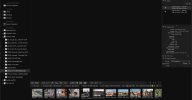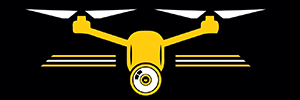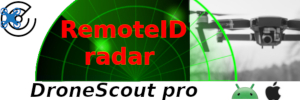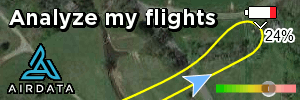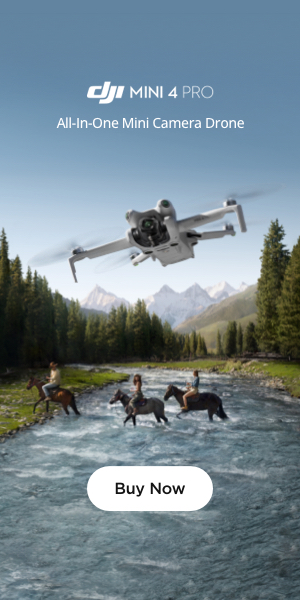Over the years, I feel way too much attention has been placed on the DJI ownership of Hasselblad. If Hasselblad was making the camera, I would expect their raw software Phocus to support the Mavic 4 Pro at launch, it currently does not. And Phocus has always had very limited support for the
Mavic 2 Pro, as only a few selected options within the software work. Hasselblad's HNCS, (Hasselblad Natural Color System) is a huge asset, and when you compare the output of the X1D or X2D MF cameras from Phocus and Lr, most times it's clear the Phocus can produce the best color. I only mention this because Phocus 3.8.5 (most current version on Mac) shows the camera as a Leica. Odds are this is due to the fact that the files are not yet fully supported by Phocus, but it does make you wonder as to who makes the camera.
As I understand it, Hasselblad has not made a MF lens for years either. Most of the V lenses were made by Fuji, and the X2D lenses have been made by Nitto and Panasonic. The latest XCD lens, the 75P, is 100% made in China (this is obvious due to recent huge price increase for just that lens vs. the rest of the XCD lineup). Hasselblad does seem to control the shutter as all their lenses have a leaf shutter inside of them, but as far as grinding the glass, I don't believe Hasselblad does that, as Leica, Nikon and Canon do. The optical quality of the XCD lenses is excellent and they are priced accordingly.
Thanks to Meta4 and Kaupokalda.com for providing the test shots.
From looking at the various images, and coming from the
Mavic 2 Pro, which I have used for over 4? years now, I do see improvement. Just a few observations:
1. The images shot in low light are a vast improvement over what I get with the
Mavic 2 Pro and 20MP images.
2. I actually prefer the 3:2 ration over 4:3
3. For Panos, the ability to rotate the camera to the vertical orientation is a huge improvement, something the
original Mavic could do.
4. Extended flight time a plus and speed to get to where you want to shoot.
5. The 100Mp images can fool you, especially if you are using a Mac Retina display (MacBook
M1 and up) as this
LCD make all images look sharper. It's best to look at the files at 150% IMO, or even 200%, and here you will
start to see the effects of the quad bayer interpolation. Look at any of the straight edges on the buildings.
6. Sharpening the files after using ACR/Lr does help some, I used Topaz.
7. If all you are doing is uploading to the web, then any size works, but if you are going to print at 300 dpi, you
really need to look at the images at that dpi and again be aware that the retina high resolution screens will
always make the images look sharper. Look at them on a 30 inch NEC 2640 x 1440 or similar display at 100%
8. Interesting the 50MP output seems to hold up a bit better than the 100MP at least from the the tests provided.
A good comparison to look at are the fir trees on the Kaupokalda site, again look at them at 100% or higher and
look at the fine needle details.
9. In the 100MP images, the center is sharper, however I believe they were shot at F2.8, and I would like to see
more int he f4.5 to 5.6 range. The edges show softness at full view mainly in the trees, but adding sharpening
or down rezing to 50MP from 100MP can help.
10. Uprezing the 25Mp to 100MP, to my eyes is not as good as using the 100MP and slightly down rezing it.
Living in the U.S. odds are this drone will not be available for a while so I hope the rest of the world (with common sense) will continue to post images. I feel the Mavic 4 Pro is enough of an upgrade over the
Mavic 2 Pro to justify the cost. I did not feel the same way about the
Mavic 3 Pro, and stayed with the 2.





